Like a lot of tape echo lovers, I was impressed with Catalinbread’s Maestro Echoplex EP-3-inspired Belle Epoch. When whispers stirred about the Belle Epoch Deluxe (and the addition of a preamp that would approximate one of the original Maestro EP-3’s coolest features), I bet on seeing a refined Belle Epoch with a scoop of extra drive that would deliver us a step closer to the Maestro EP-3 ideal in the digital realm.
But Catalinbread is a restless and imaginative bunch of builders. And in the Belle Epoch Deluxe, they’ve gone beyond simple EP-3 simulations—opting instead to create a multi-faceted echo device that delivers multitudinous shades of preamp and tape-recorder amplifier grit, shape-shifting waves of modulation, lysergic sweepable resonant filter sounds, and echo tones that range from glinting and sun-lit to misty, moody, and mysterious.
Maestro of Manipulation
The Belle Epoch Deluxe extracts a ton of pleasing, musical, and authentically analog sounds from various combinations of echo, filter, and modulation. The three rightmost knobs will be familiar in function, if not name. Echo delay sets delay time from 80 to 800 ms (the same range as an original EP-3). Echo sustain and echo volume control the number and level of repeats, respectively. The record level control replicates the function of the screwdriver-adjusted input gain control that appeared on the EP-3 and adds dirt or cleans up repeats, depending on the level. The depth knob controls the intensity of the various modulation functions. The echo program knob switches between the Deluxe’s six different modes and voices.
Elsewhere, the small toggle enables switching between expression pedal control of delay time (taking the place of the EP-3’s famed slider) and pedal control of echo volume, modulation speed, or filter voicing (depending on the selected echo program). The leftmost footswitch is another treat for OG EP-3 fans: a latch switch that enables you to dip in and out of runaway oscillation textures.
Each of the controls is satisfyingly sensitive and responsive. That said, I’d love to have the program knob replaced with a 6-position control with detents (which is much easier to navigate by feel on a dark stage). It would also be cool if the echo oscillation latch control were a more immediate soft relay switch that releases the effect immediately.
Endlessly Unfolding Echoes
Clearly, Catalinbread’s superb digital approximations of Maestro EP-3 textures remain the star of the show. And though repeats typically sound cleaner than your average EP-3 (they had much more clarity than those from my well-travelled Maestro), they have the same gentle contours and tapering high-end that makes the Maestro so addictive. I’d even venture that I often preferred the repeats from the Belle Epoch Deluxe as I looped slow arpeggios and melodies.
Ratings
Pros:Rich, colorful tape-echo and analog-delays sounds. Imaginative modulation and filter functions. Useful expression-pedal functionality. High-quality construction.
Cons:
Program switch could use detents. Soft relay switch might be better for echo oscillation latch function.
Tones:
Ease of Use:
Build/Design:
Value:
Street:
$329
Catalinbread Belle Epoch Deluxe
catalinbread.com
The extent to which the Belle Epoch Deluxe nails vintage EP-3 sounds is due in no small part to Catalinbread’s exacting—I might venture obsessive—focus on vintage-correct specification details. The 9V DC power, for instance, is converted to 22V via a voltage tripler and shunt regulator. The record level control adds gain to the repeats in a manner uncannily like my Maestro. The preamp is a JFET-driven copy of the EP-3’s drive section. And while there’s no replacing the Maestro’s delay time slider, use of an expression pedal (not included) with the toggle in the “D” position replicates that functionality and fun in a satisfying and arguably much more expressive fashion.
The big news with the Belle Epoch Deluxe, however, is the echo programs that deviate from Maestro Echoplex inspirations. Mode 2’s BBD simulation is beautiful, delivering subtly but perceptibly darker analog-style repeats and a classy chorus sound you can control via the depth knob. Modes 5 and 6 are also BBD-inspired, replicating the rich chorus- and vibrato-laced analog delays of an Electro-Harmonix Deluxe Memory Man. As with mode 1, the DMM-inspired echoes are perceptibly cleaner than those from my original Deluxe Memory Man, but are often prettier, just as colorful, and alive with the same dynamism and sensitivity to picking nuance, which can be fine-tuned via adjustments to the record level and sustain and delay controls.
Modes 3 and 4 are less conventional delay voices, but no less fun or full of potential. The roto-swirl mode, which functions as if you were running repeats through a rotary speaker, is voiced more like an analog vibrato than a Leslie (no bad thing in my book). And at its default speed, it evokes the textures of an oil can delay or Catalinbread’s own Adineko echo unit. But when used with an expression pedal, which controls the virtual rotation rate, it generates mind-bending, Rotovibe style modulation colors that pair well with fuzz. The manual sweeping resonant filter mode (which makes the addition of an expression pedal a must, in my opinion) delivers some of the most expressive tones from the Deluxe. And while it works like a wah, the filter feels seamlessly integrated and it nestled beautifully within the repeats, enabling subtle, slow color shifts or heavy, nitrous oxide-warped textures that sound mind blowing at long echo-sustain rates.
The Verdict
While the splendid Maestro-style sounds are the main attraction, Catalinbread almost does the Belle Epoch Deluxe a disservice by tying it in name to the strictly Echoplex-inspired Belle Epoch. The Deluxe is a unique, thoughtfully designed, and extra-capable echo machine that transcends EP-3-style (and original Belle Epoch) sounds even while nailing those textures. It’s a killer delay unit that does fantastic digital simulations of two of the greatest analog echo sources ever, with a load of fun, practical, musical, extras on top. And while it might look expensive on the surface, the high-quality, musicality, thoughtful functionality, and depth of textures and sounds more than justify the price.
Watch the Review Demo:







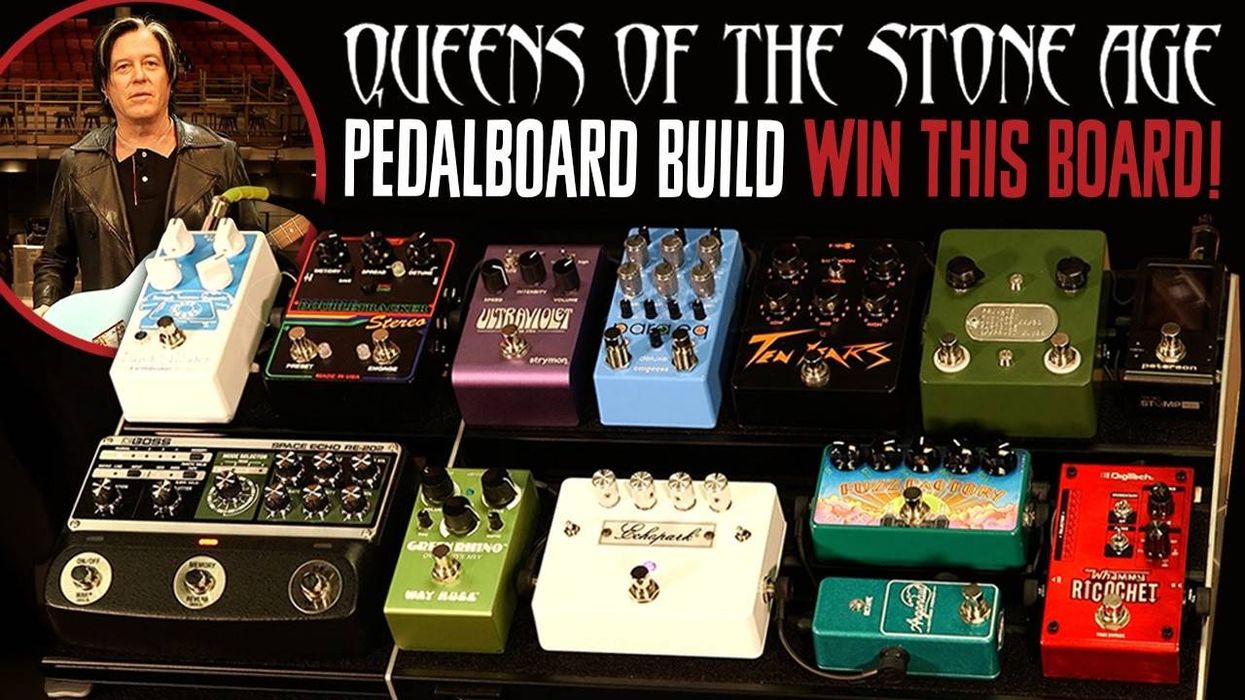
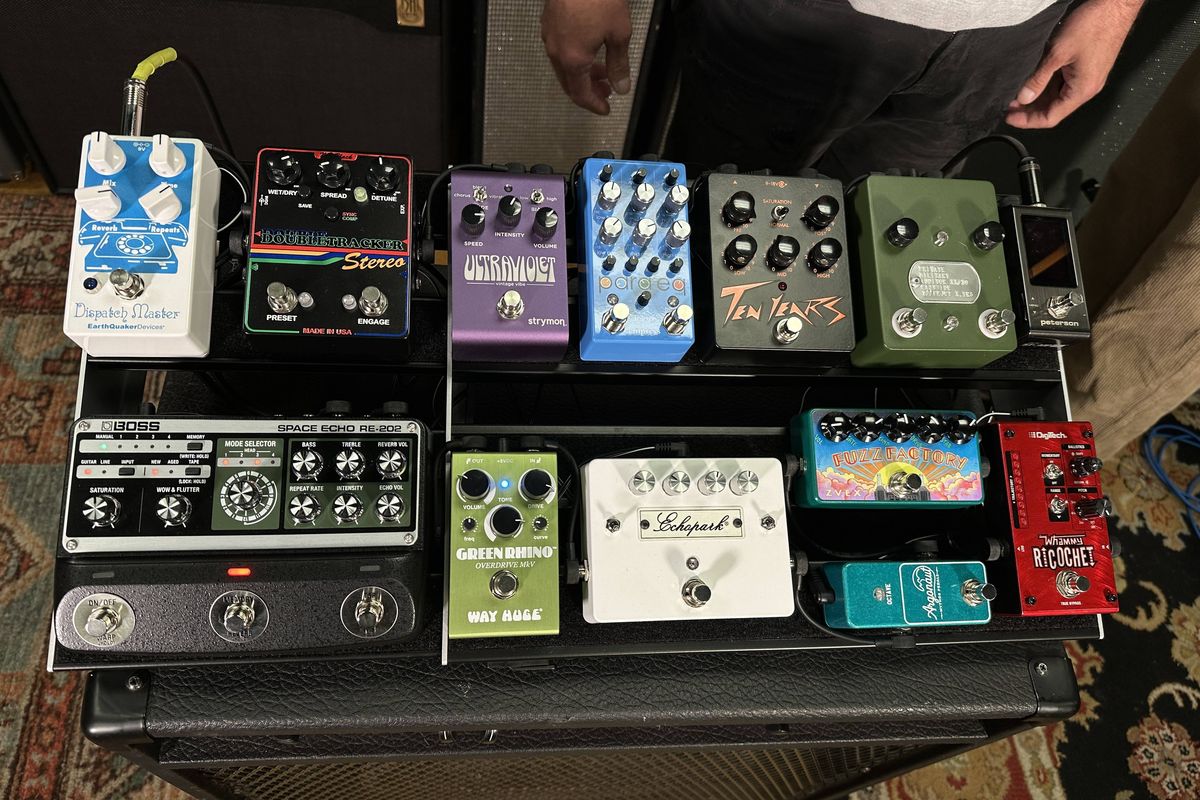
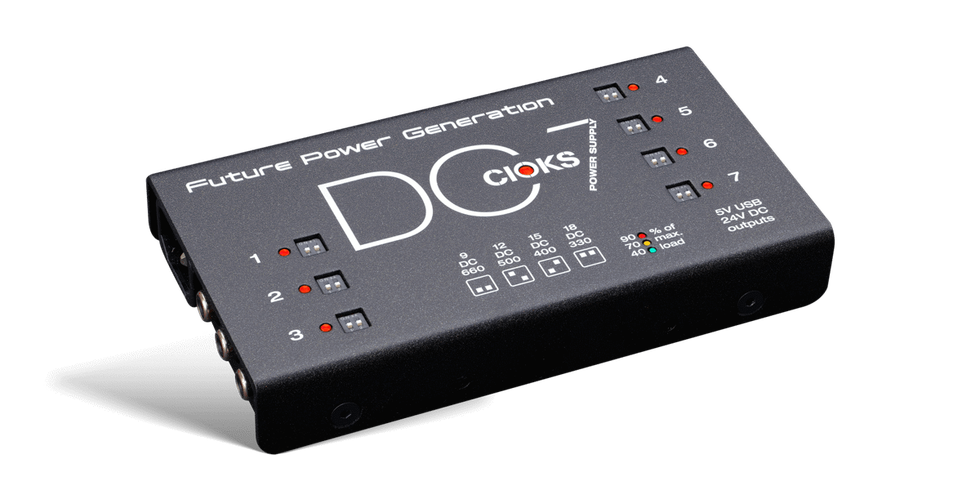

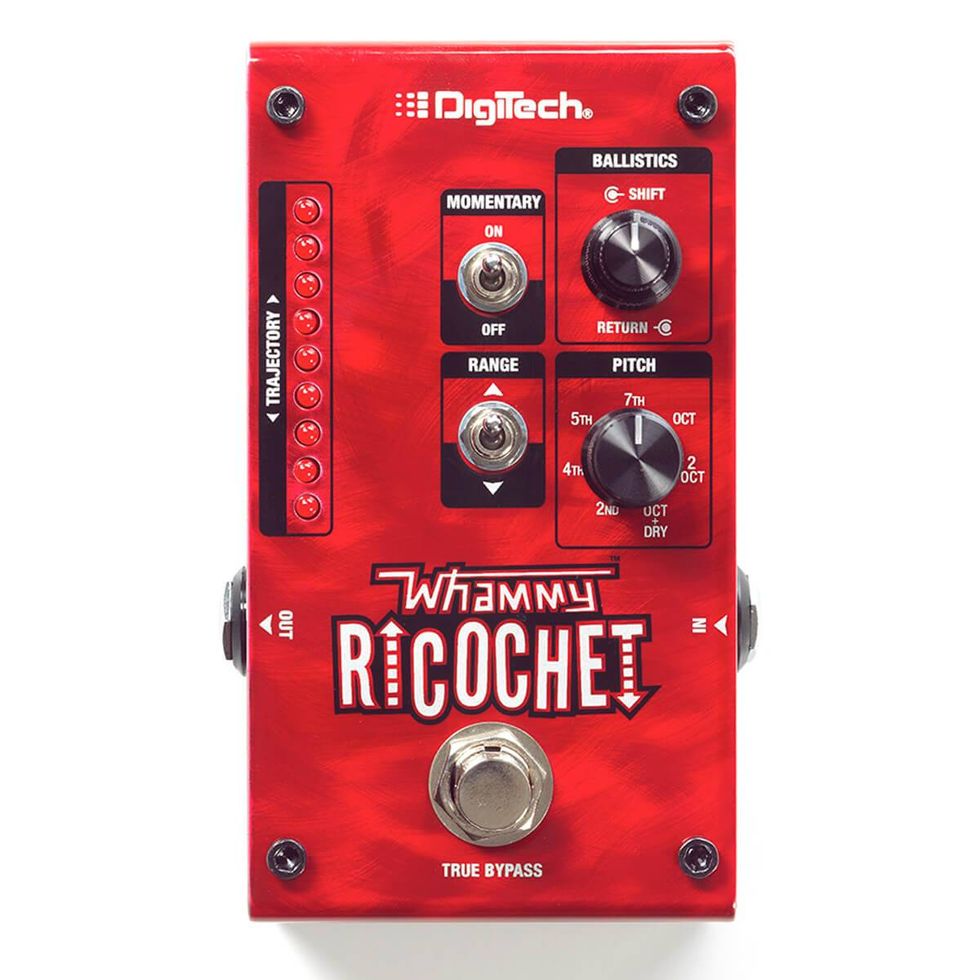
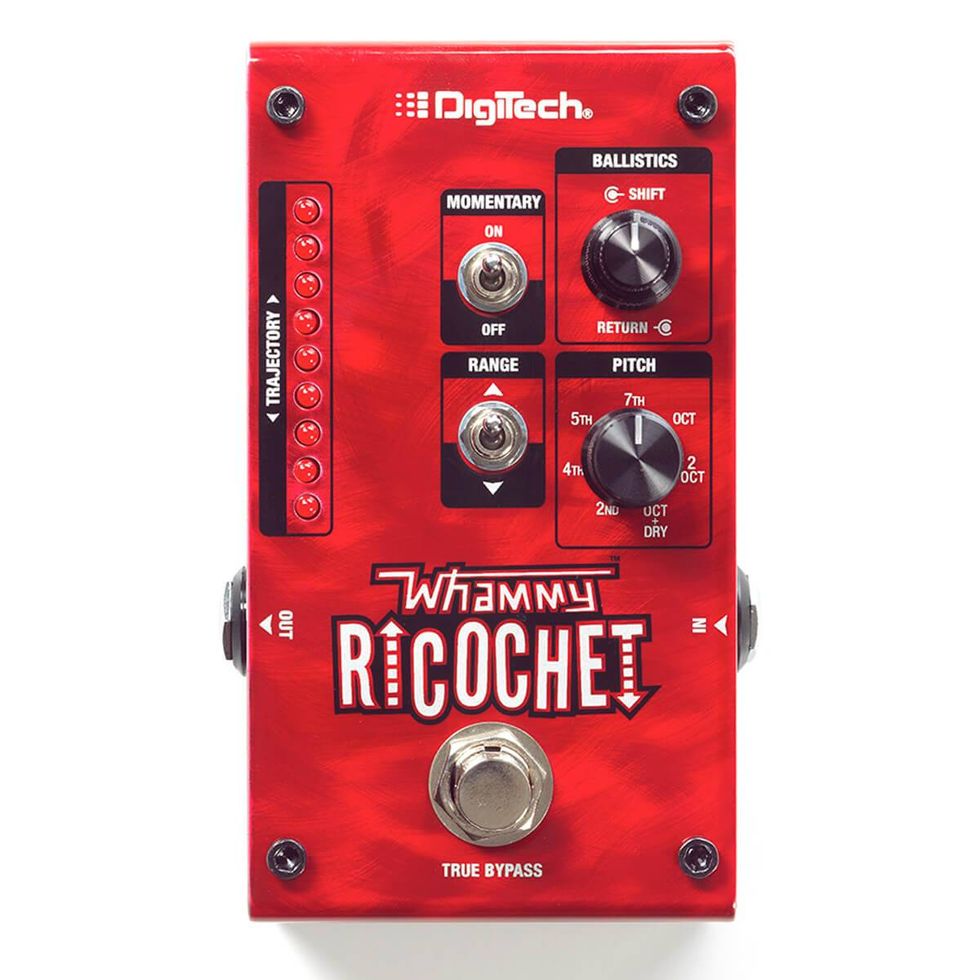
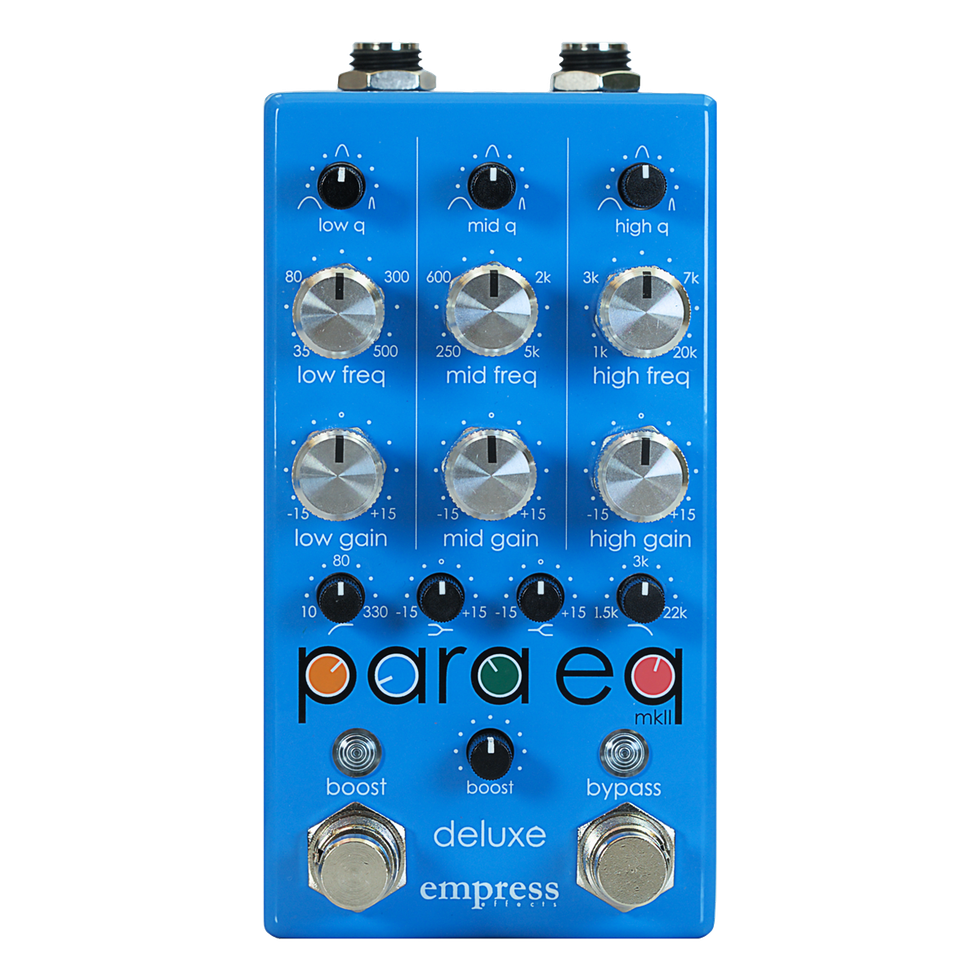
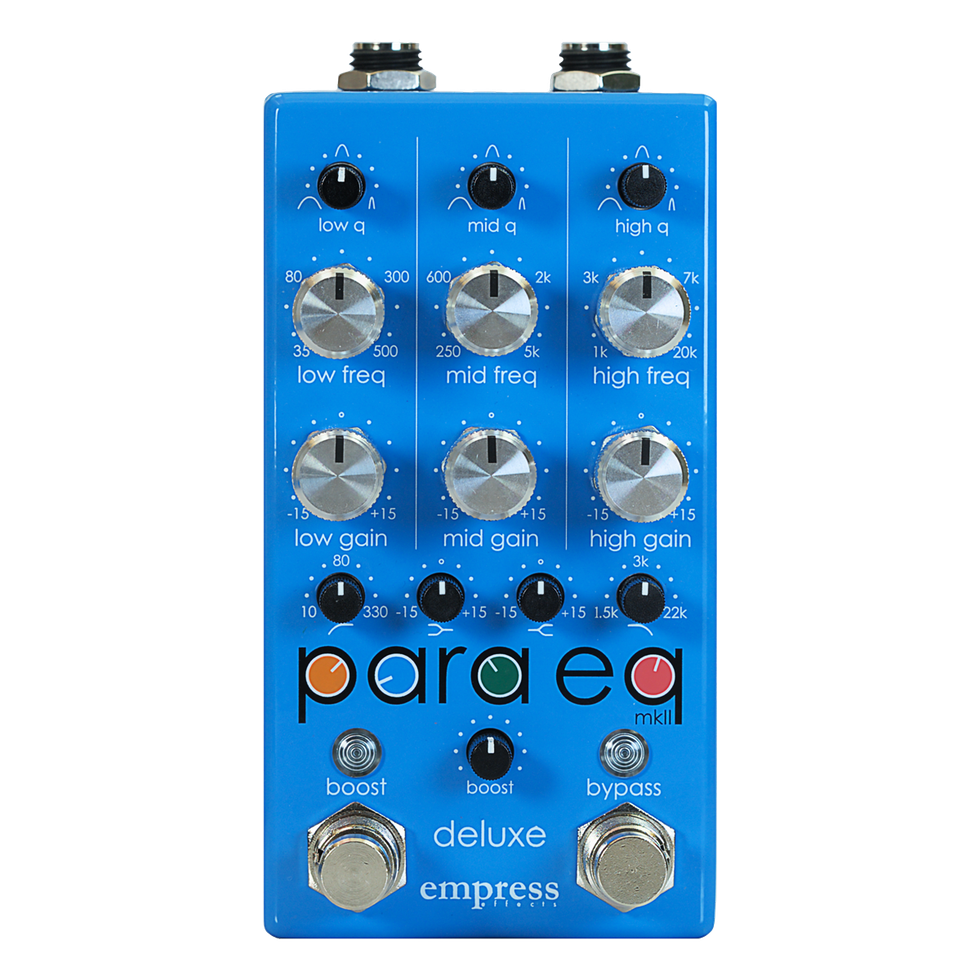
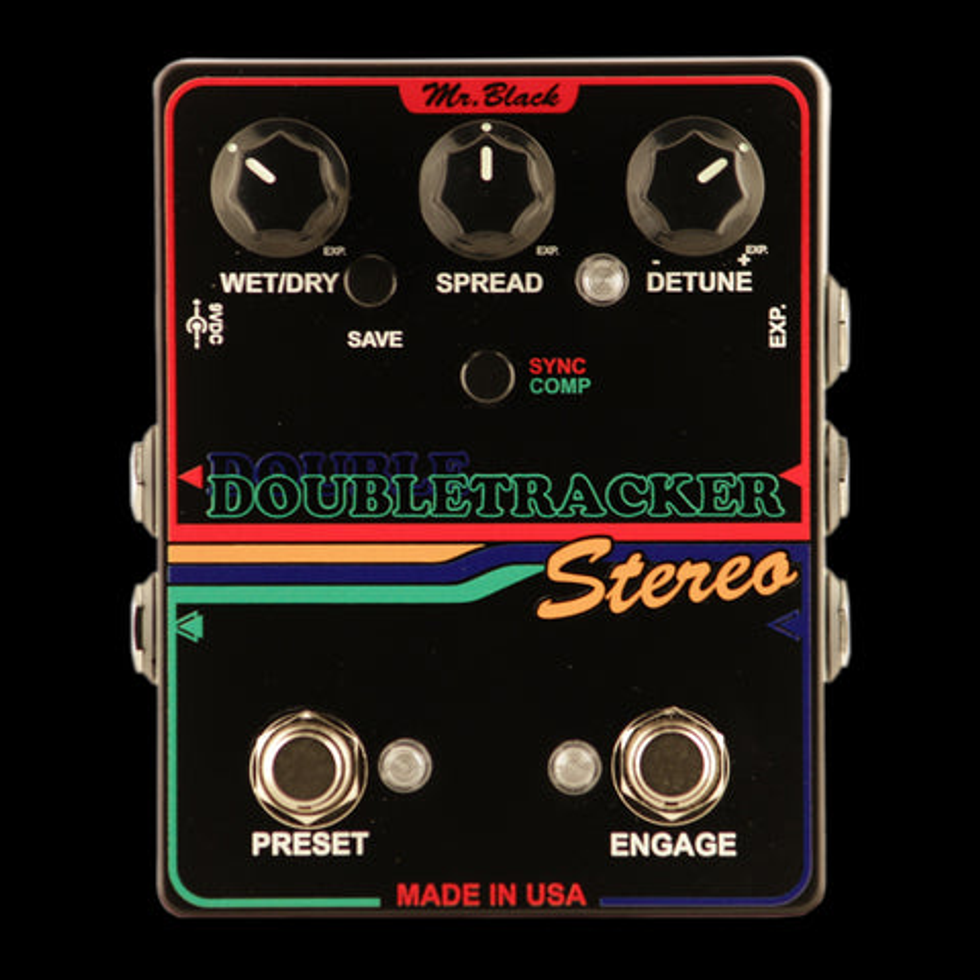
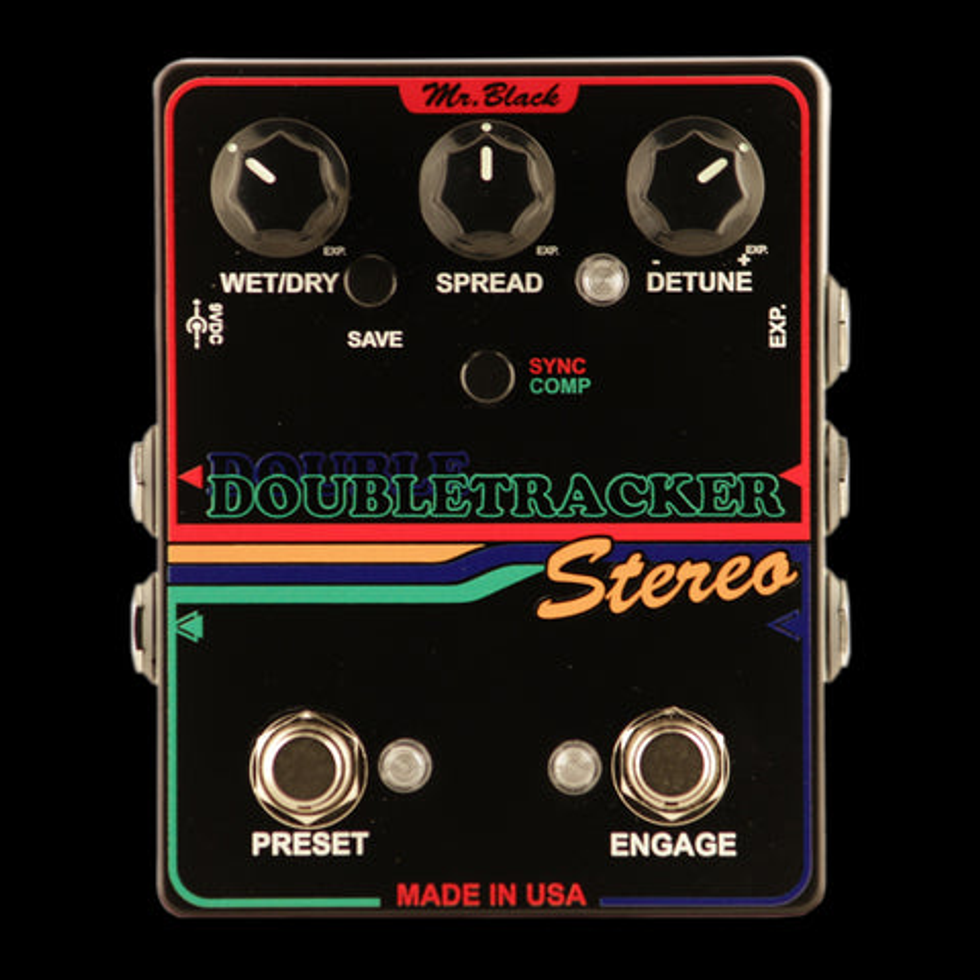
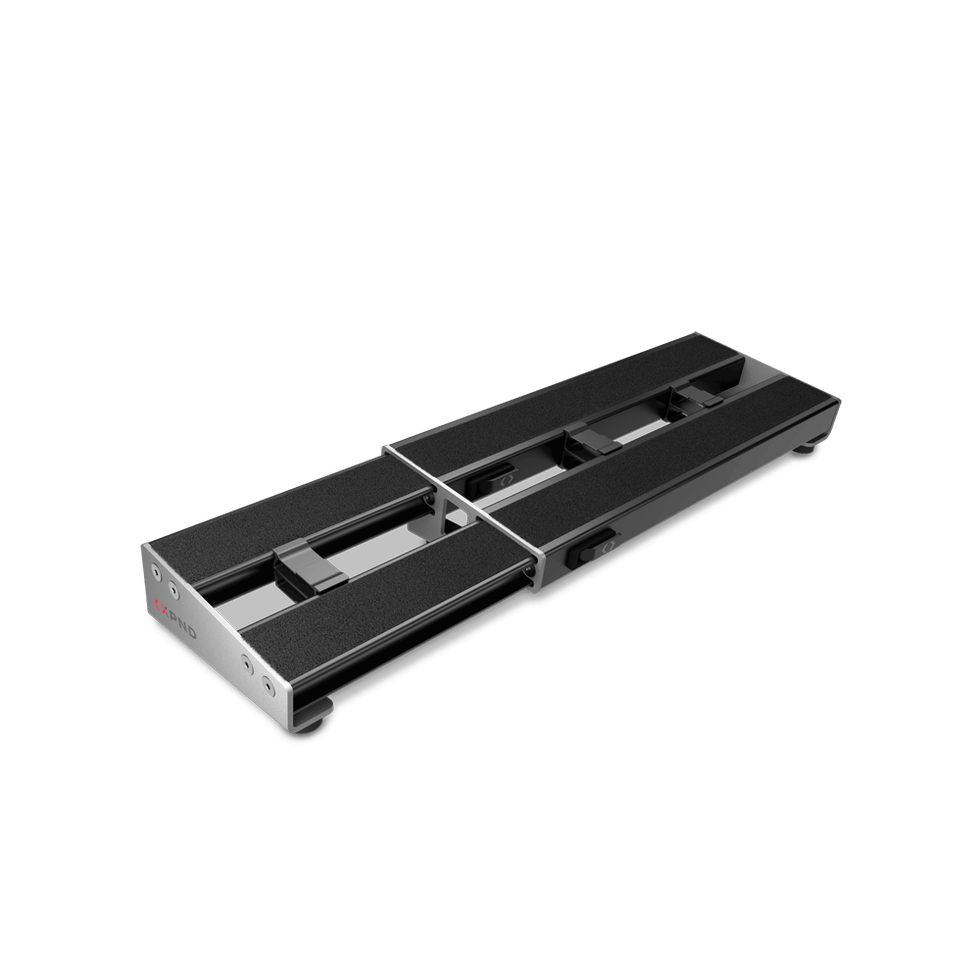
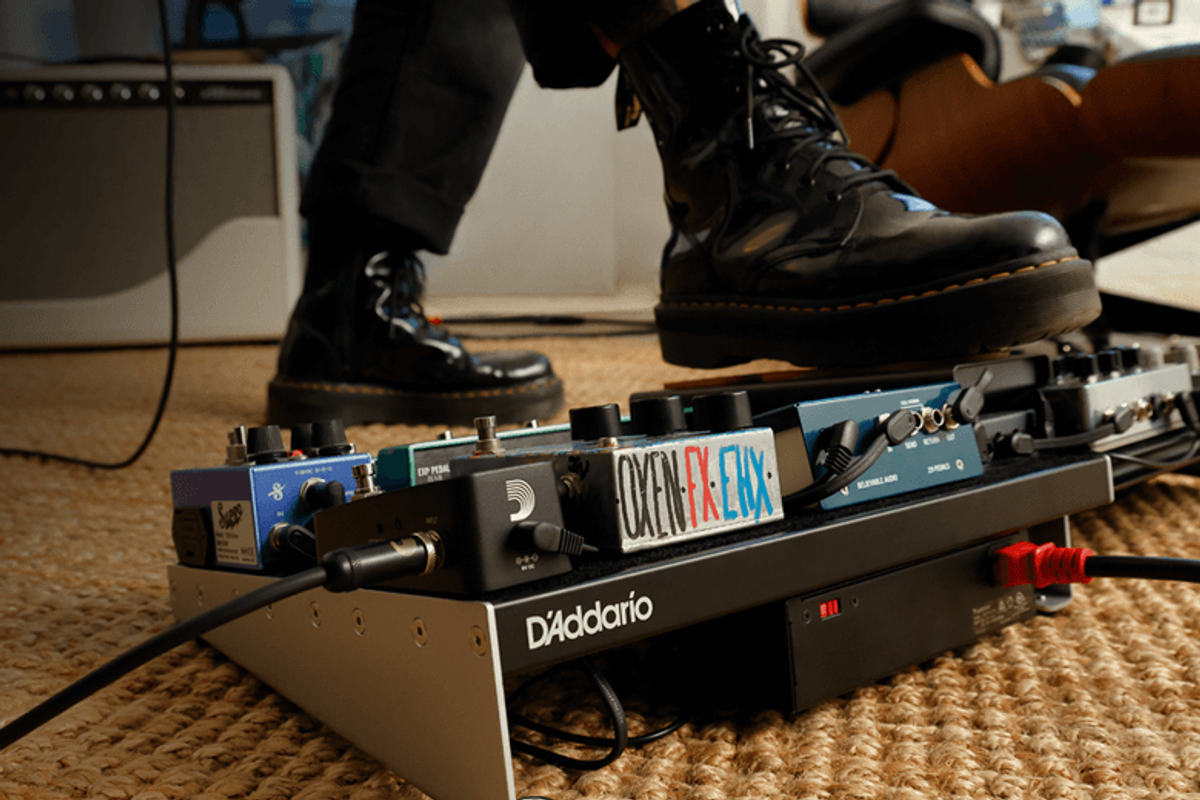
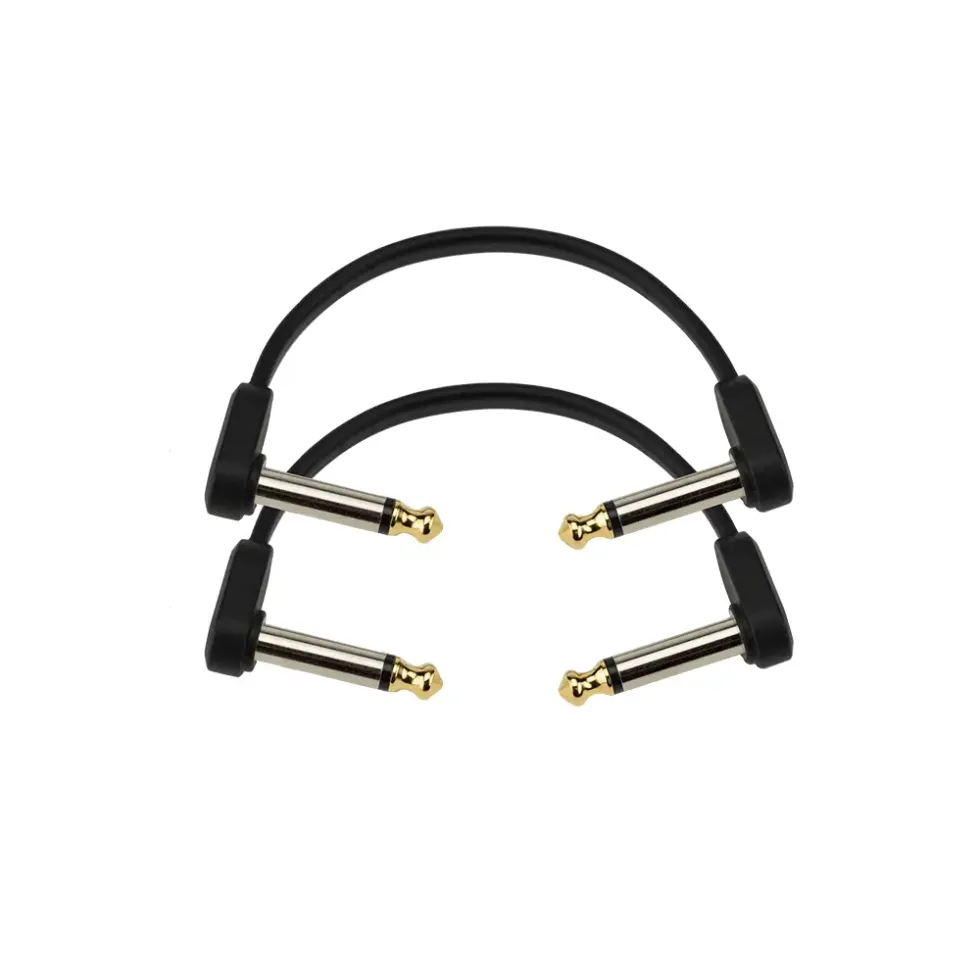
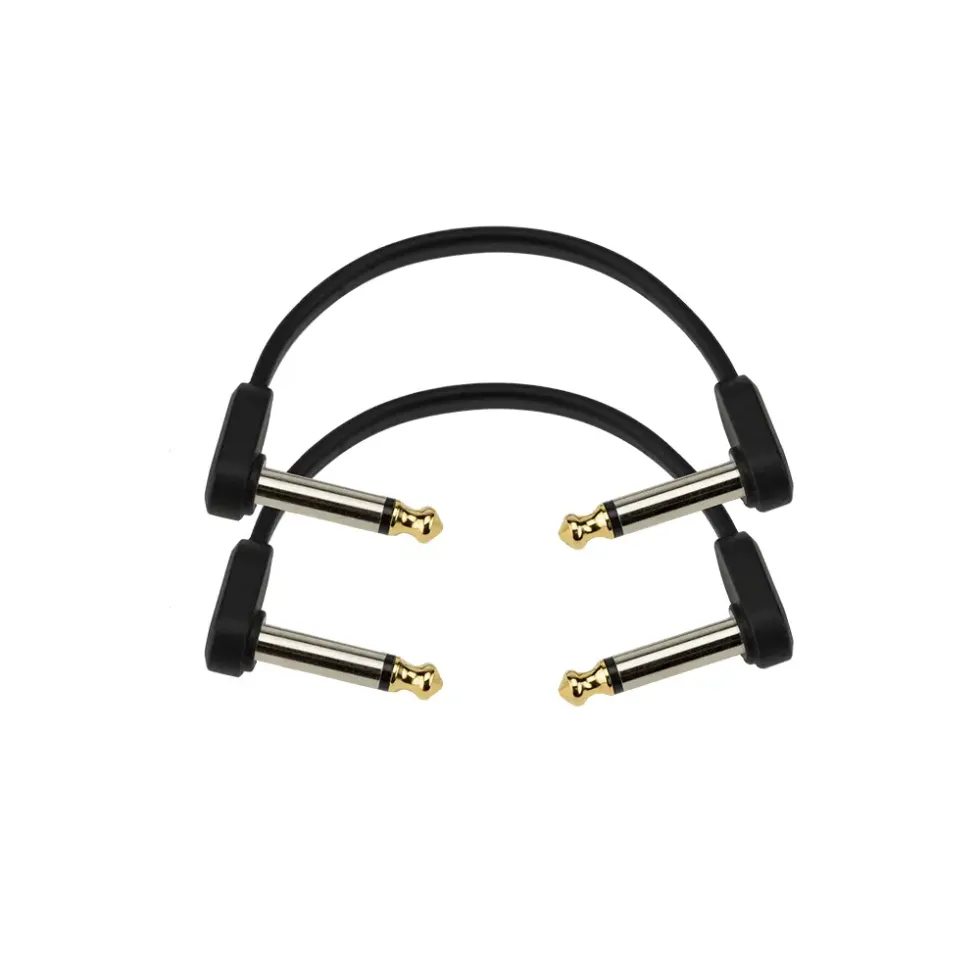
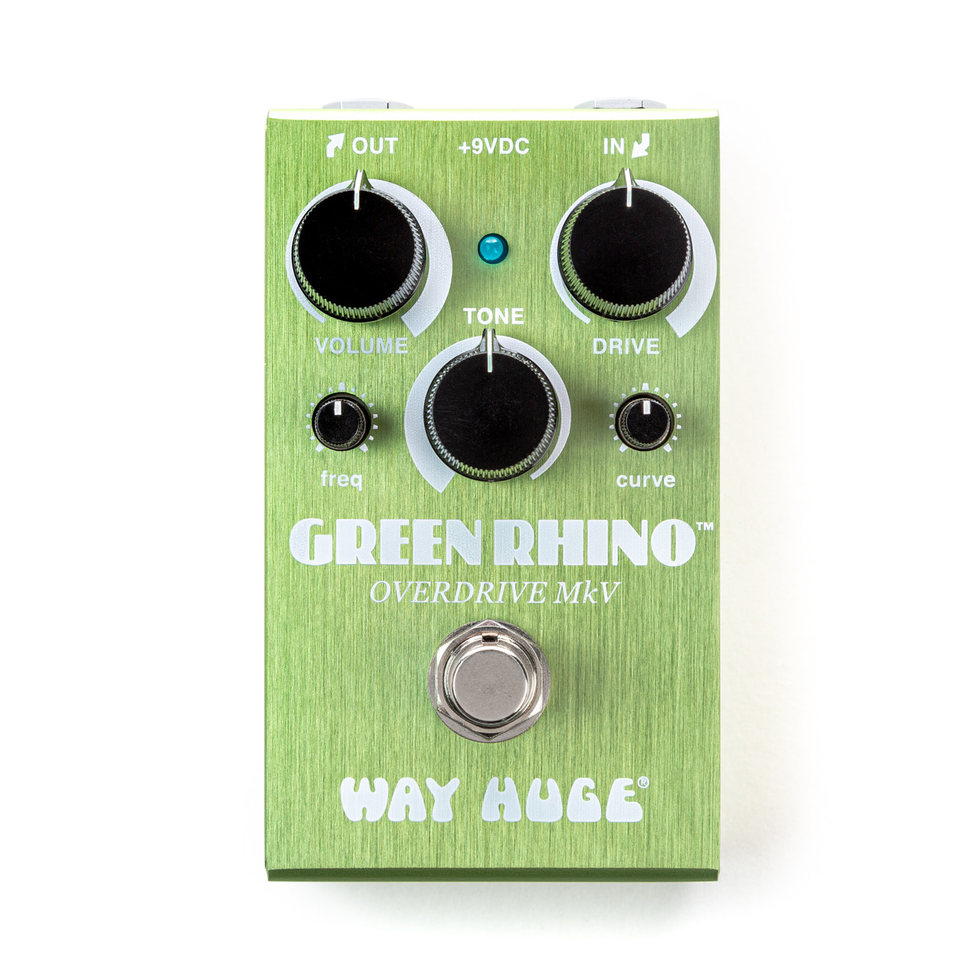
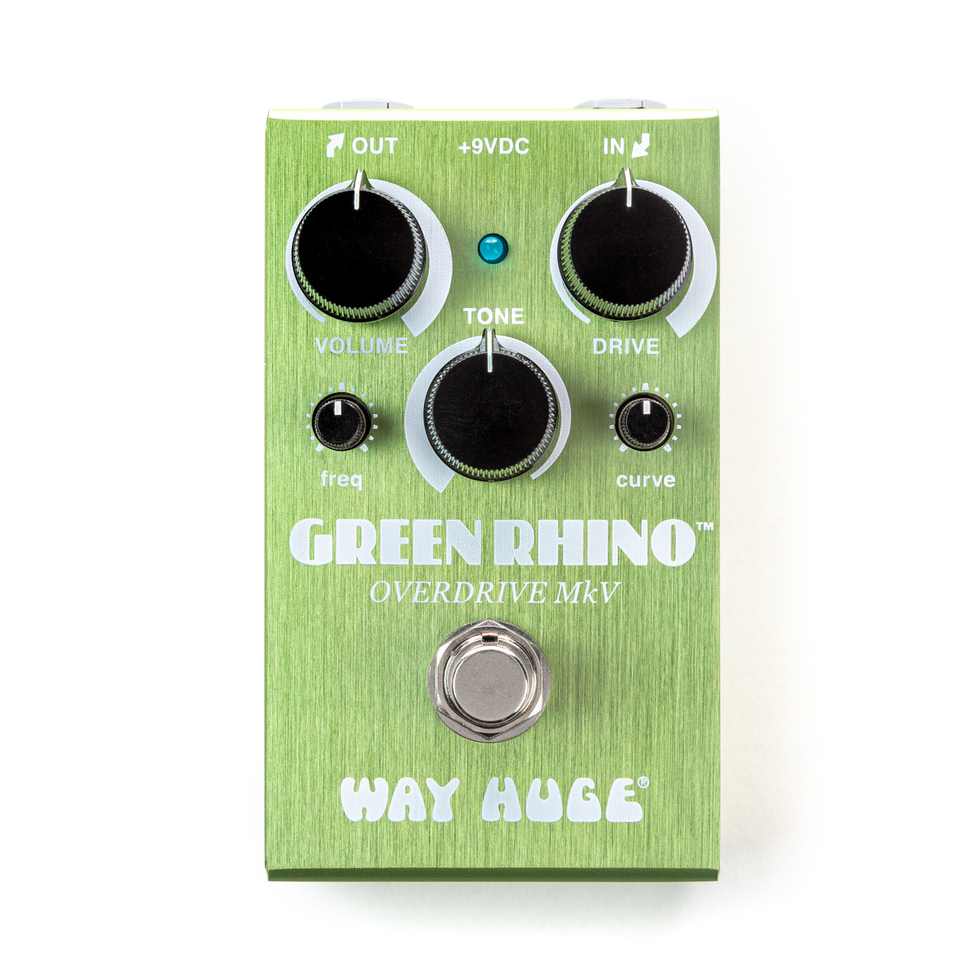
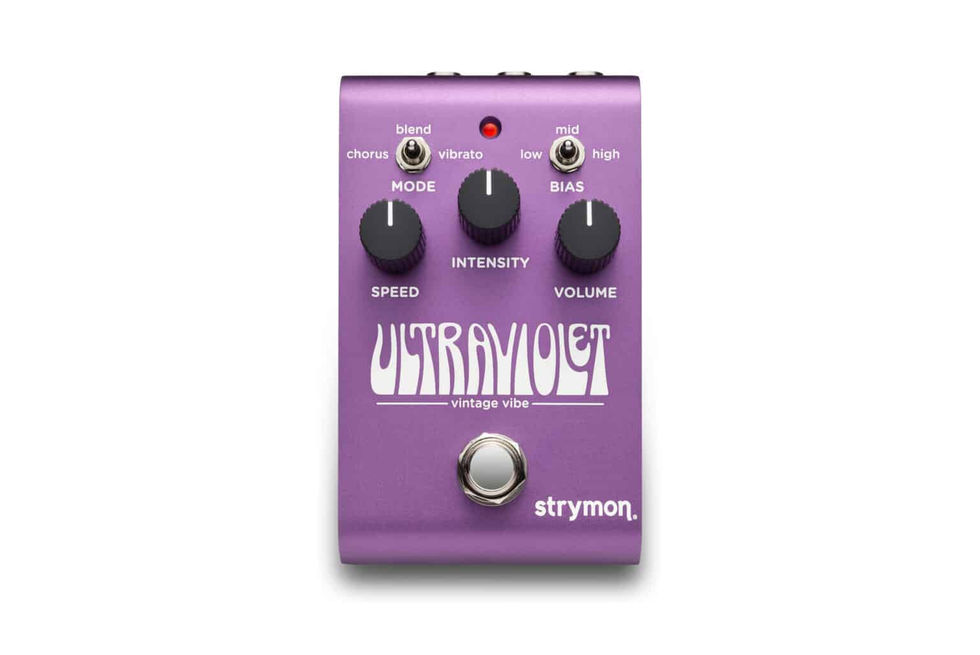
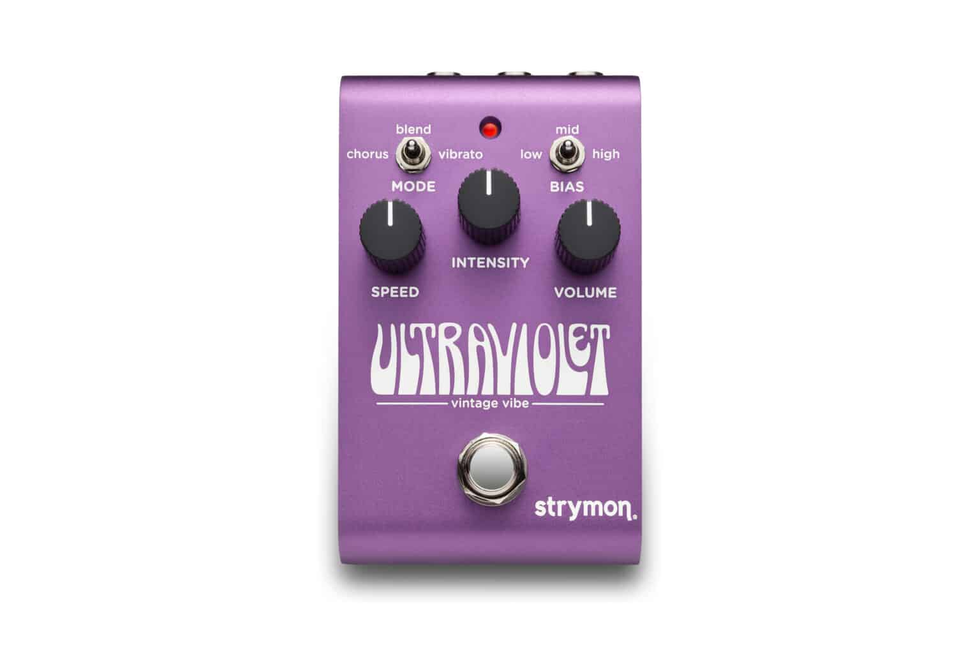
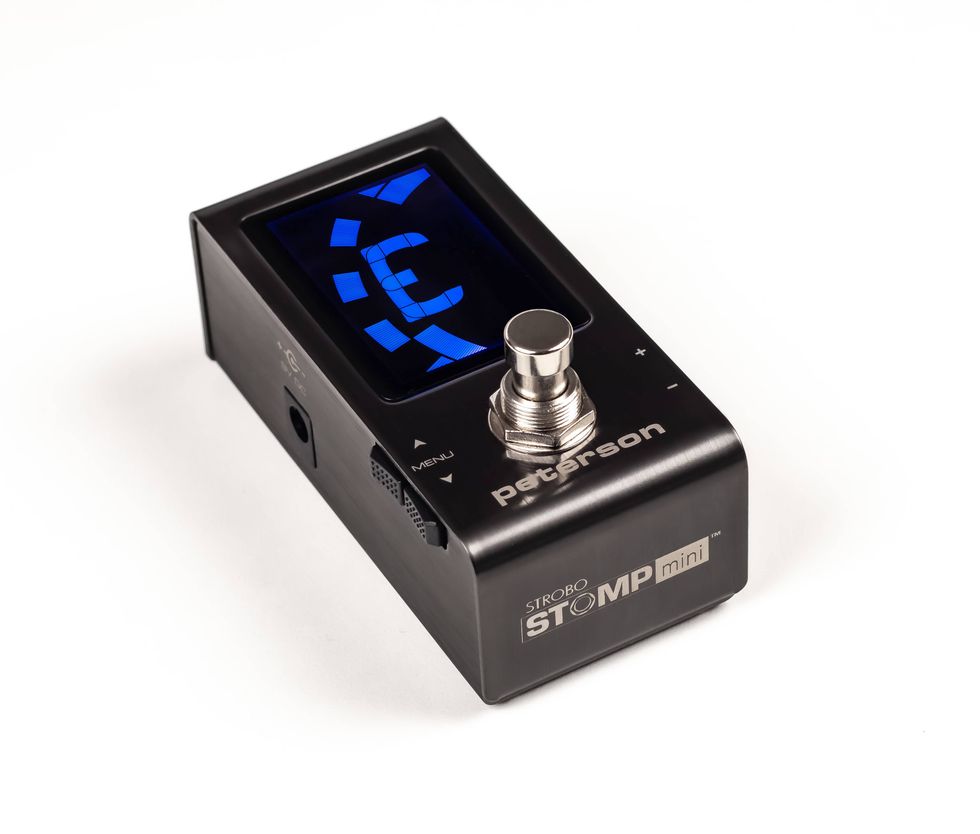
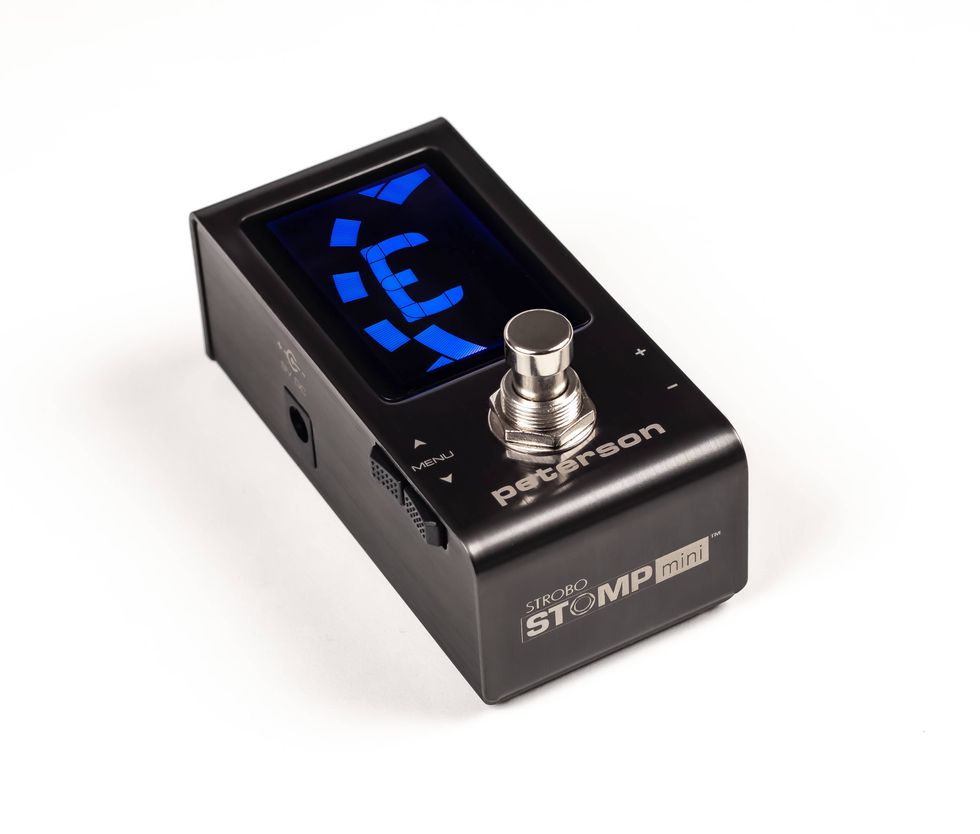
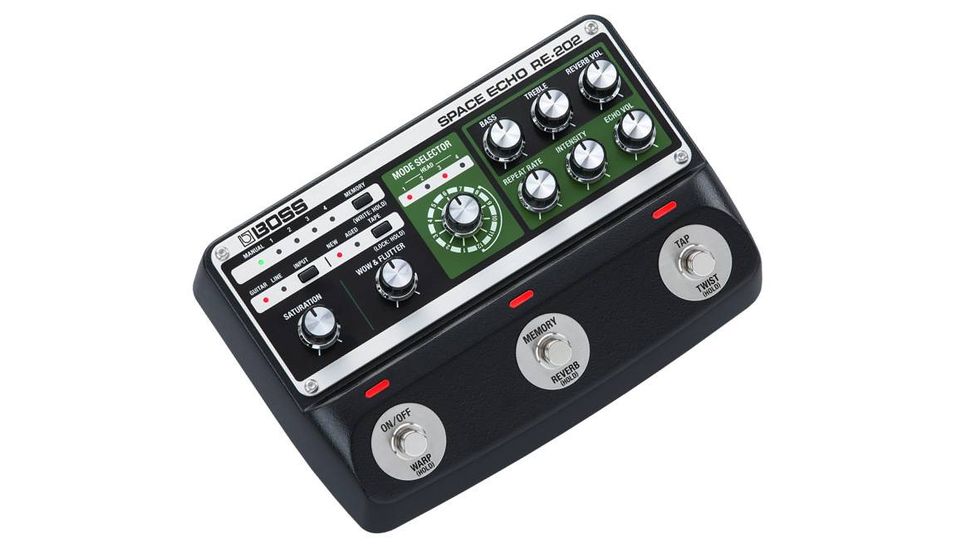
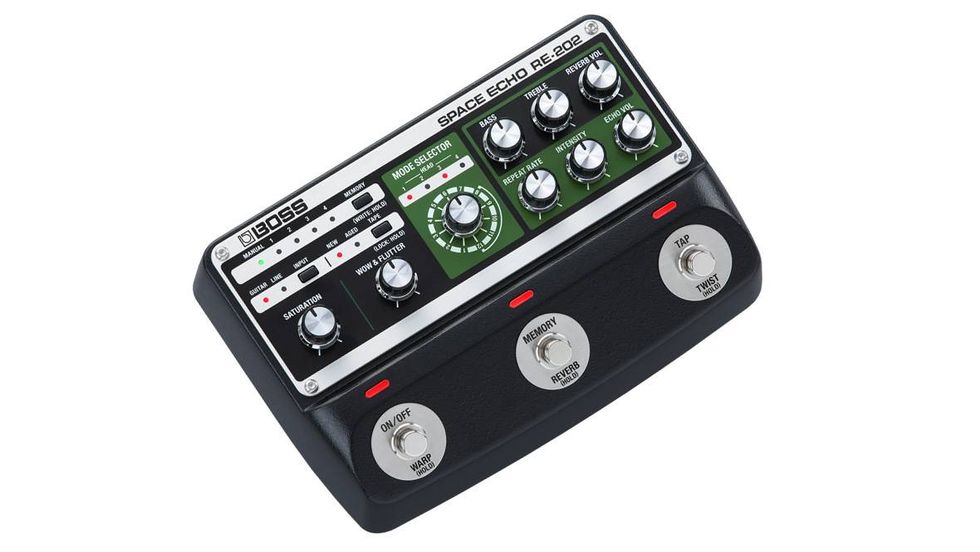
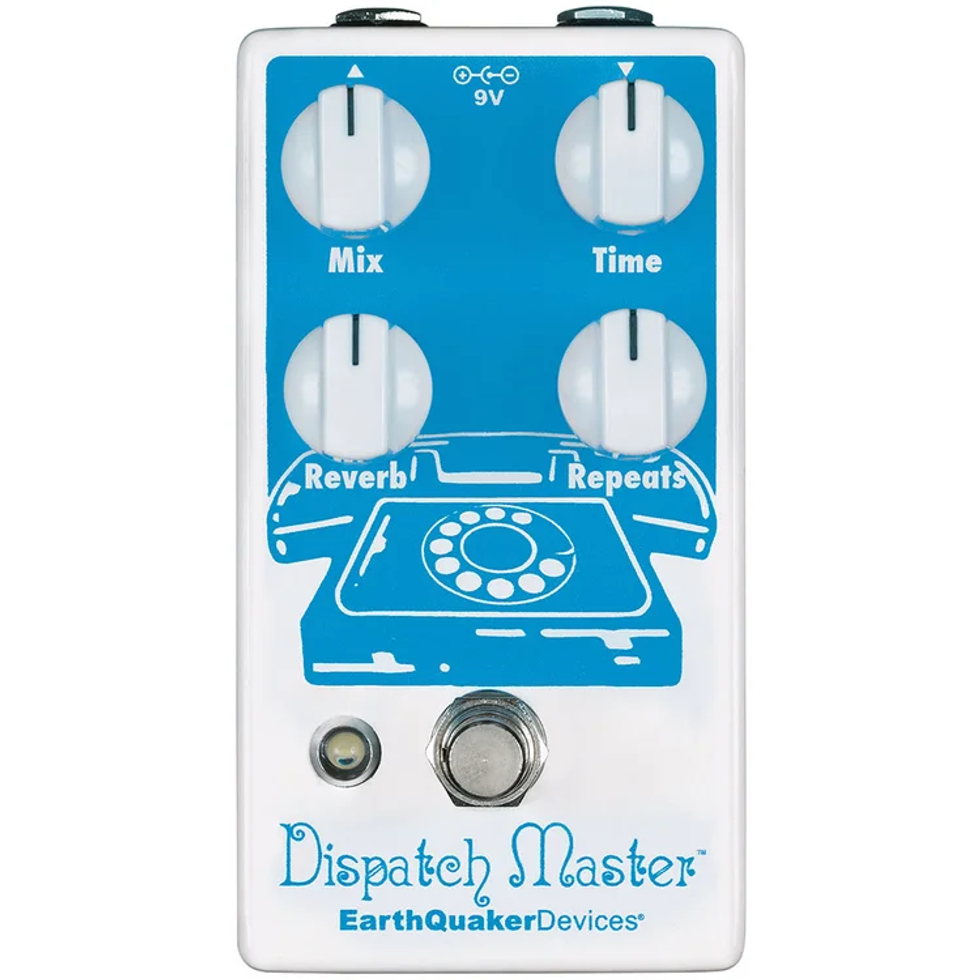
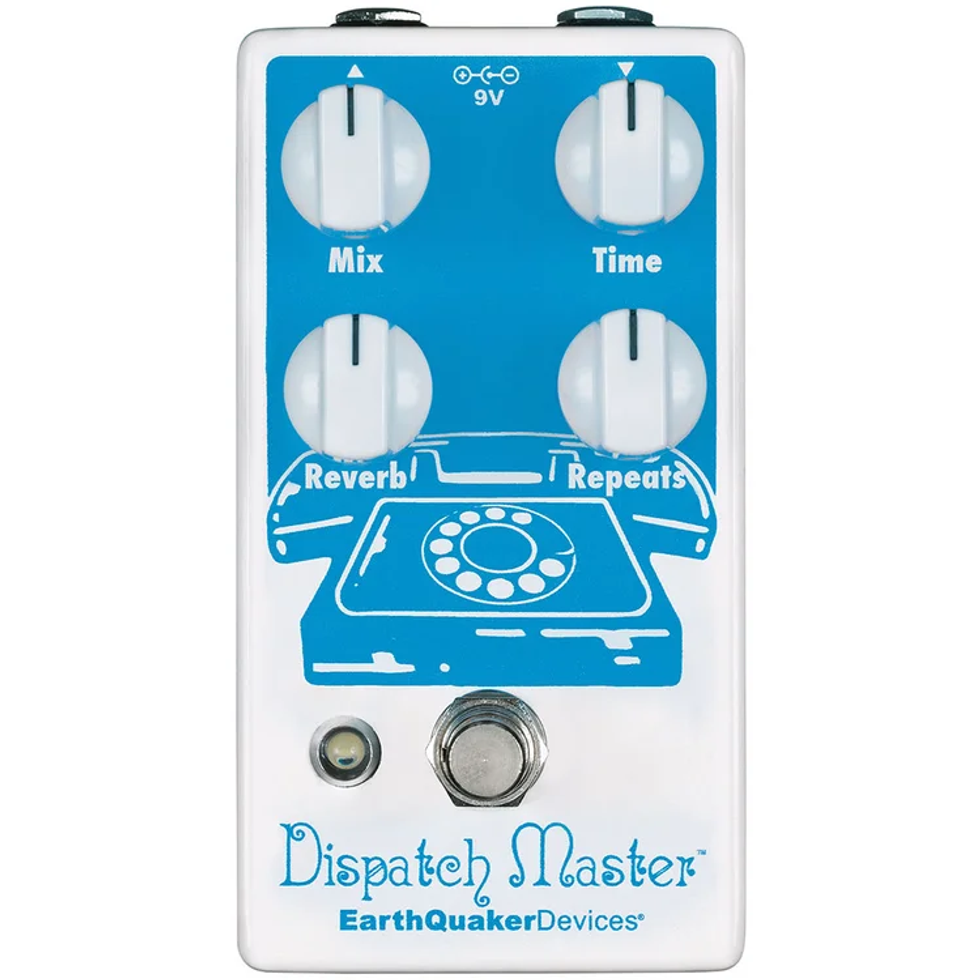
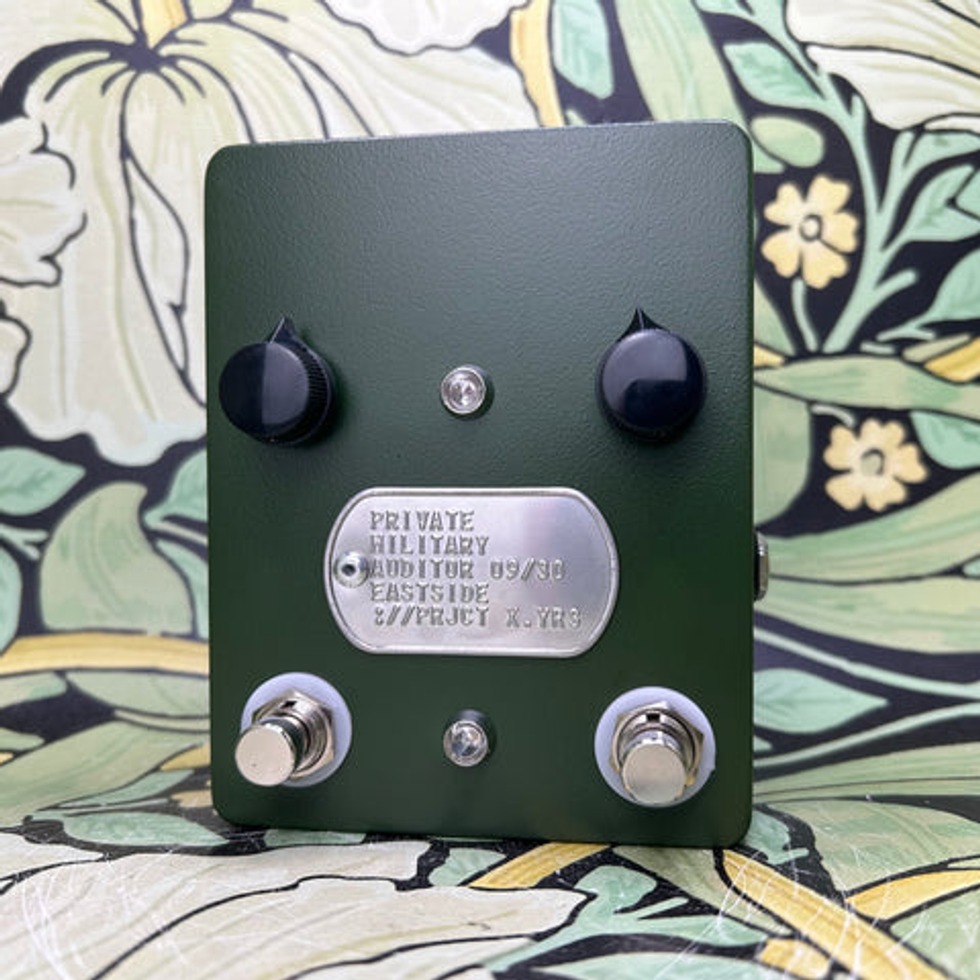
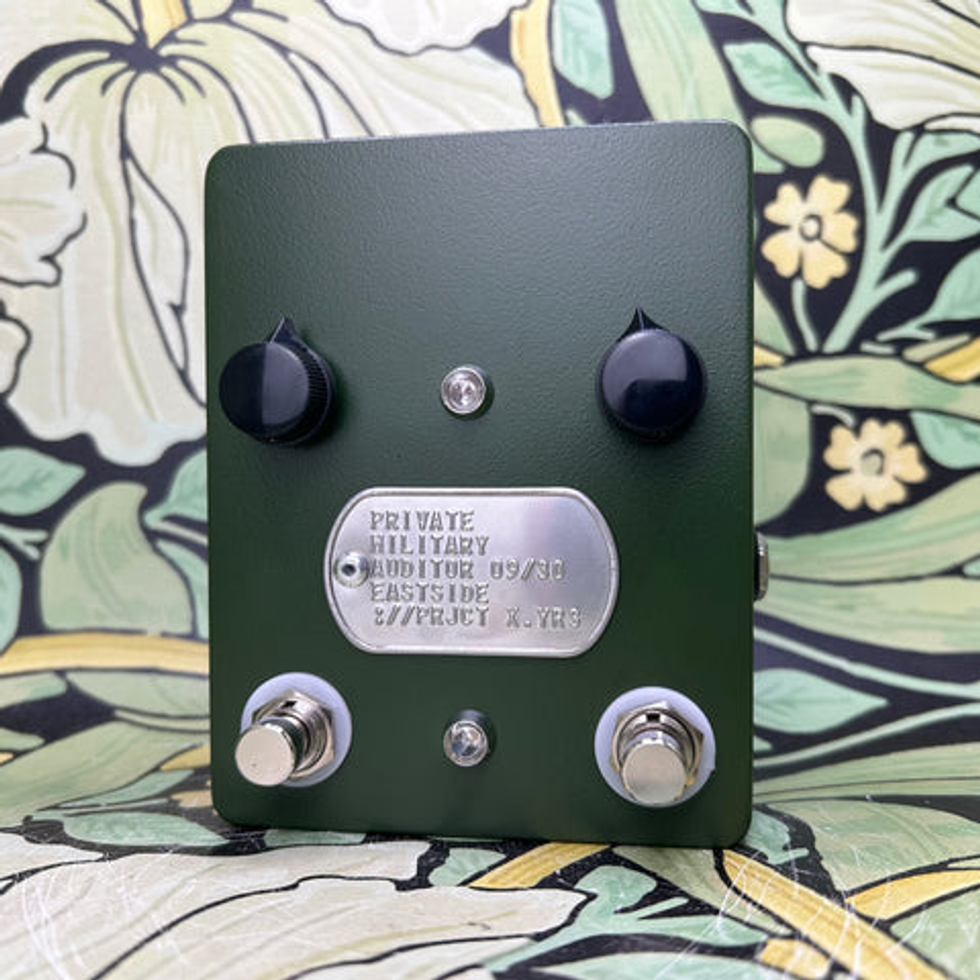
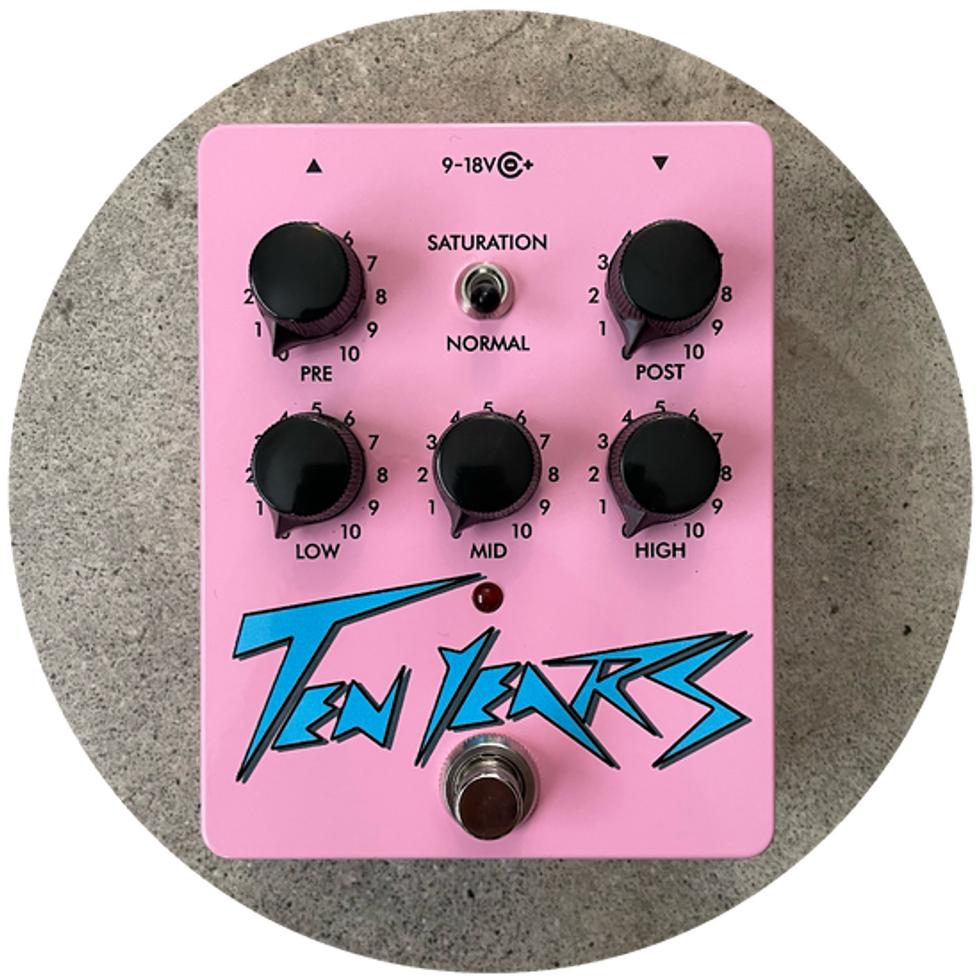
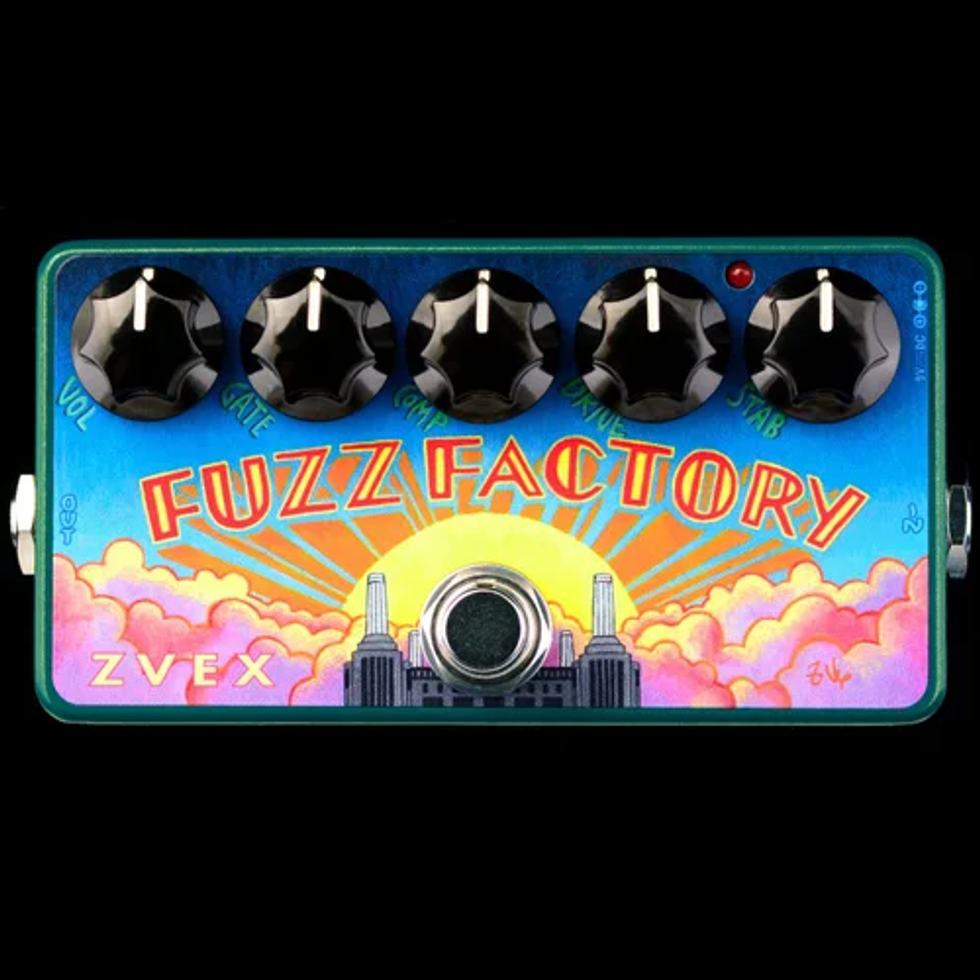
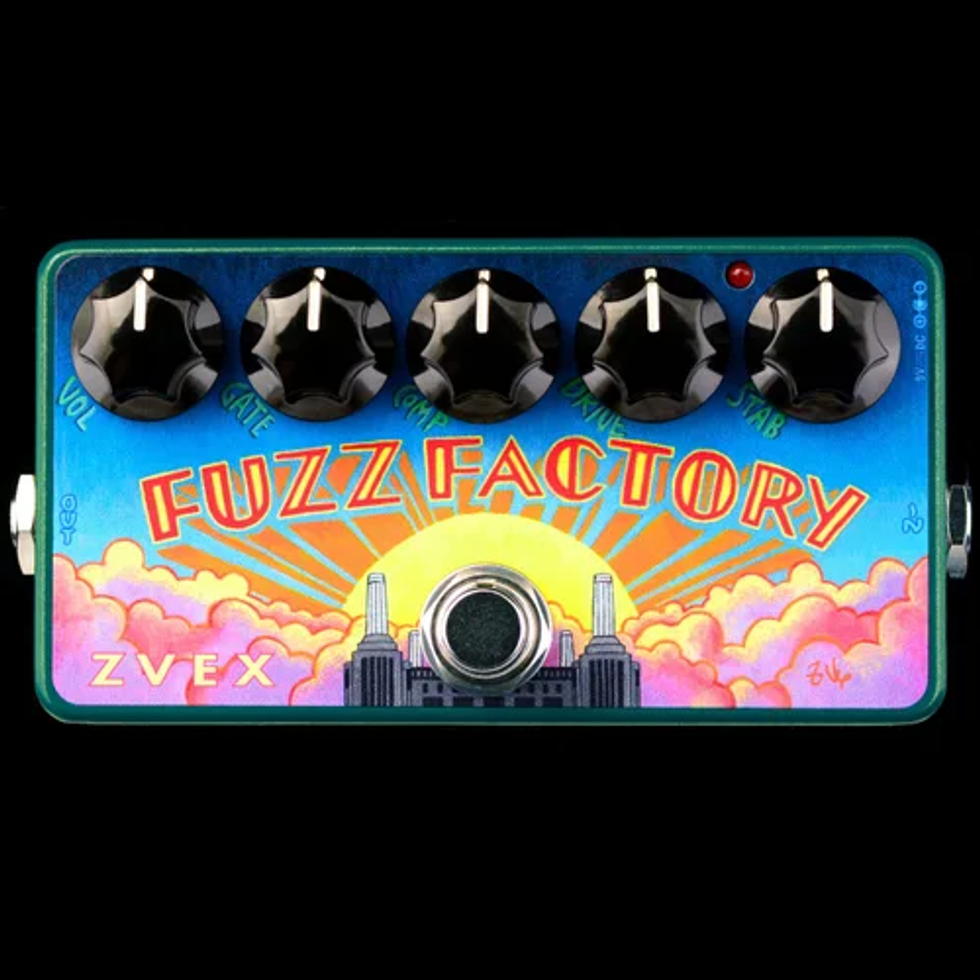
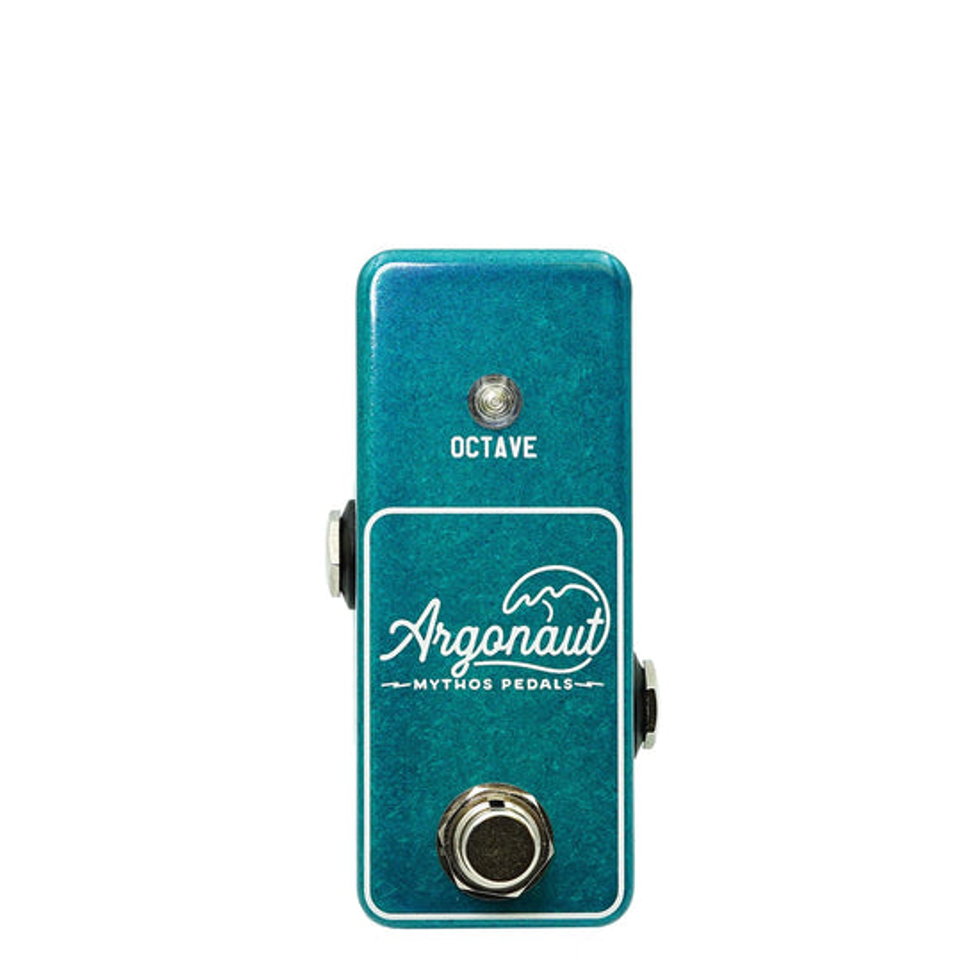
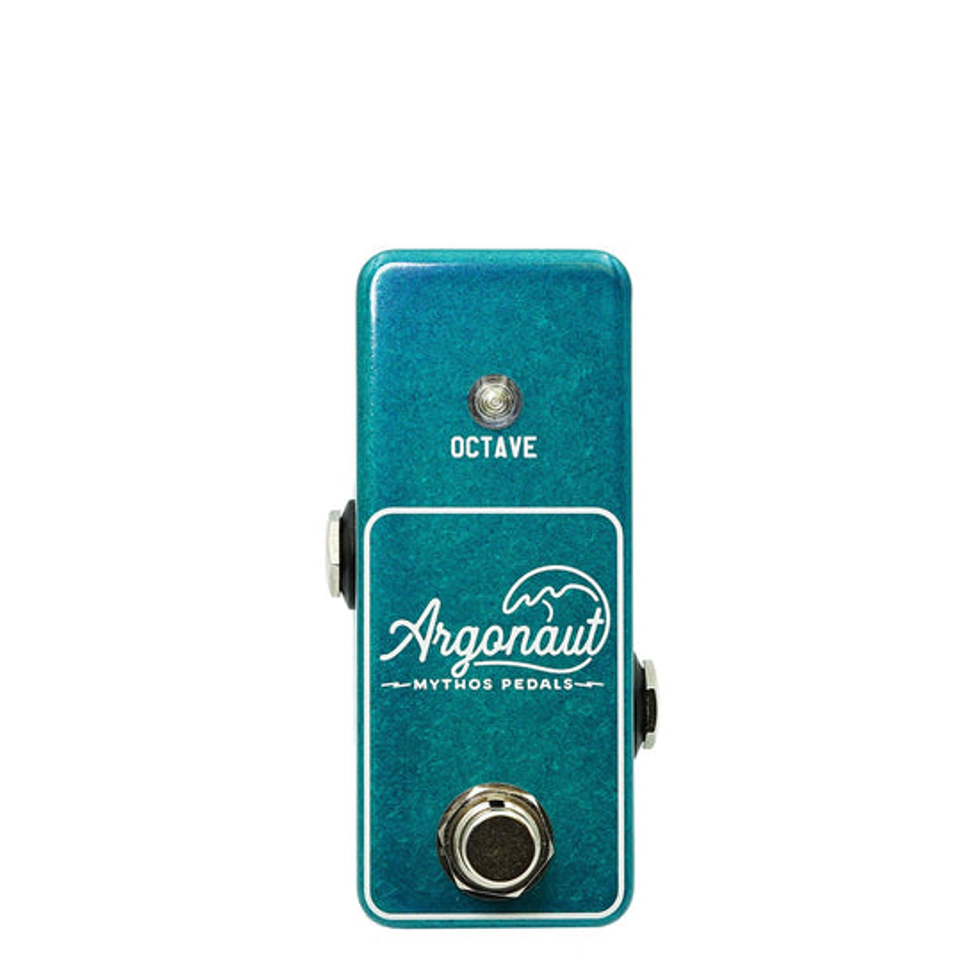

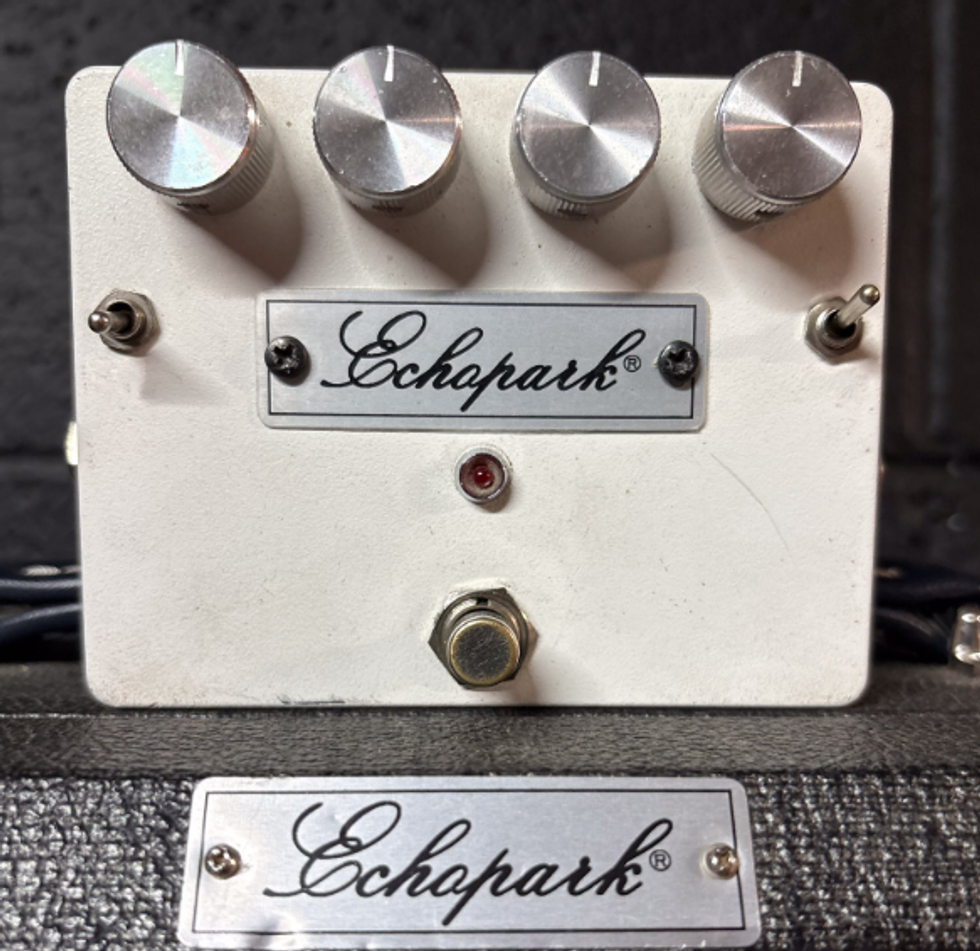
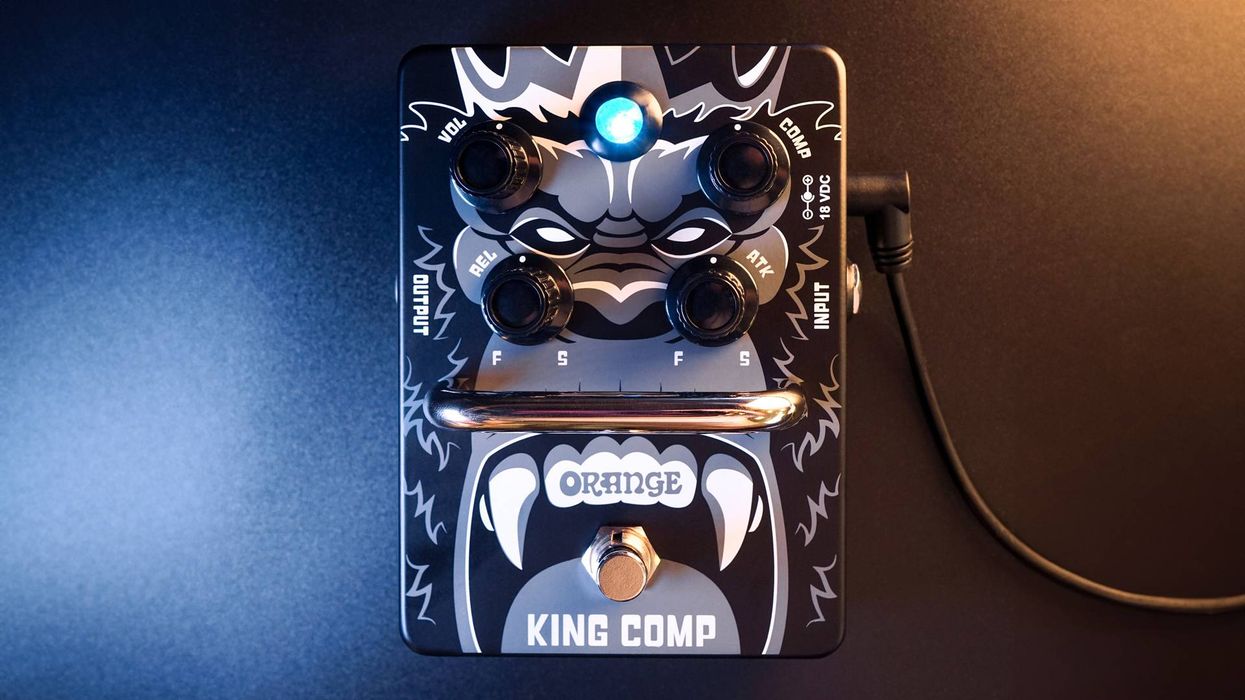


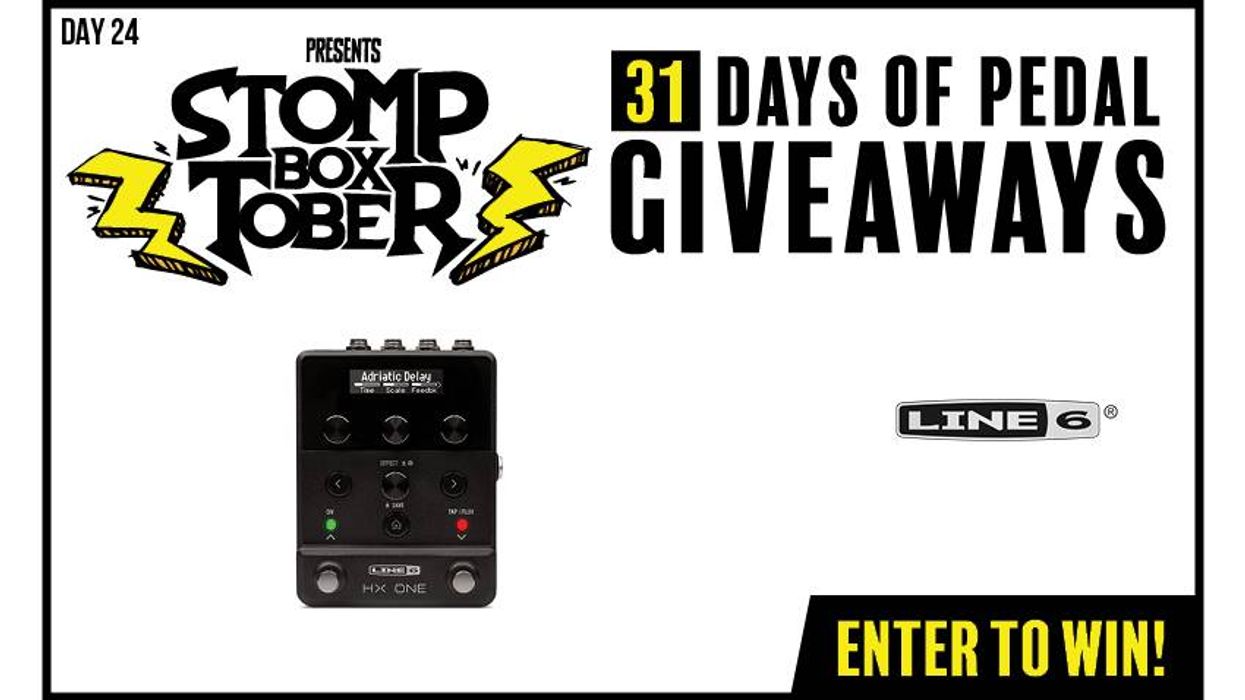

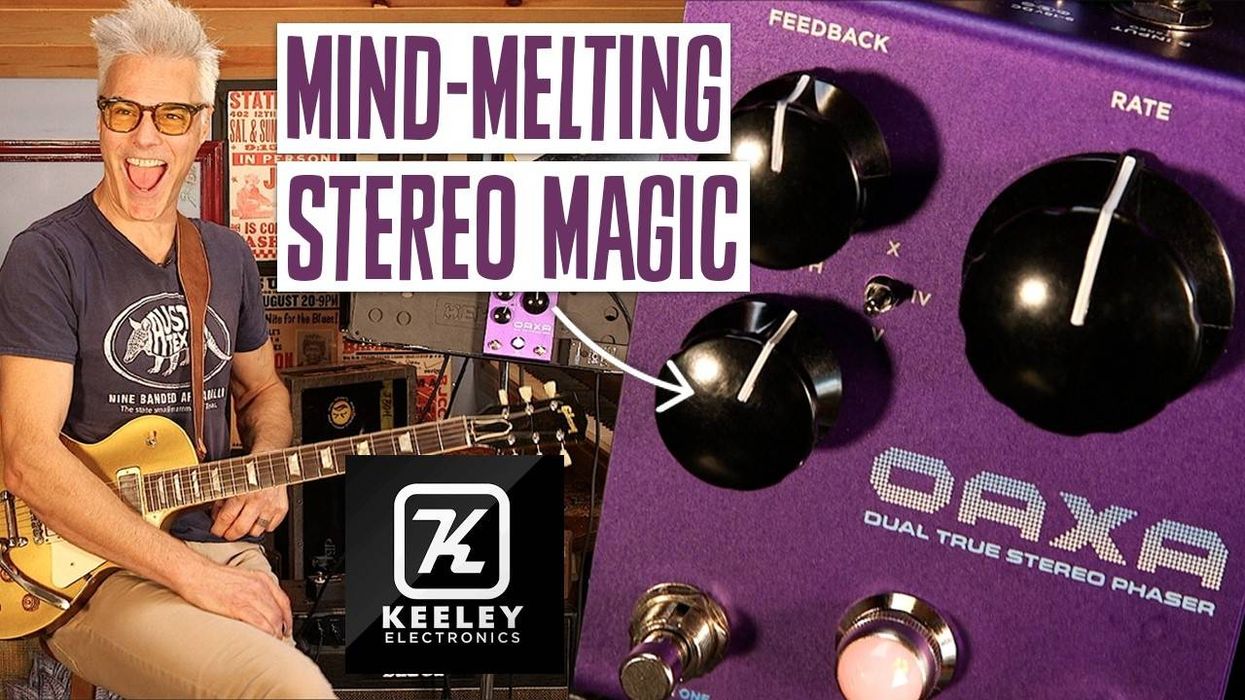








 Zach loves his Sovtek Mig 60 head, which he plays through a cab he built himself at a pipe-organ shop in Denver. Every glue joint is lined with thin leather for maximum air tightness, and it’s stocked with Celestion G12M Greenback speakers.
Zach loves his Sovtek Mig 60 head, which he plays through a cab he built himself at a pipe-organ shop in Denver. Every glue joint is lined with thin leather for maximum air tightness, and it’s stocked with Celestion G12M Greenback speakers.







![Devon Eisenbarger [Katy Perry] Rig Rundown](https://www.premierguitar.com/media-library/youtube.jpg?id=61774583&width=1245&height=700&quality=70&coordinates=0%2C0%2C0%2C0)














